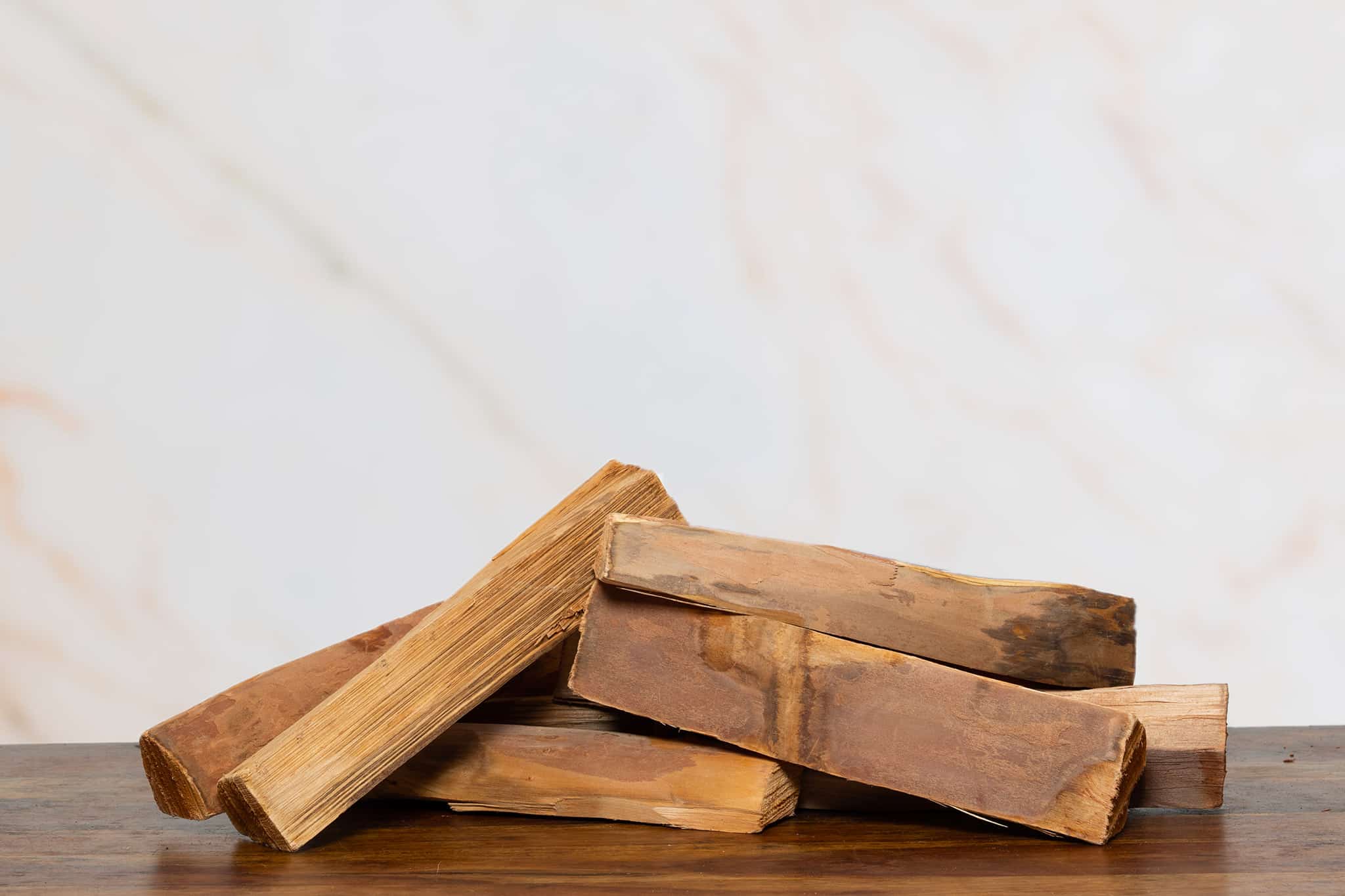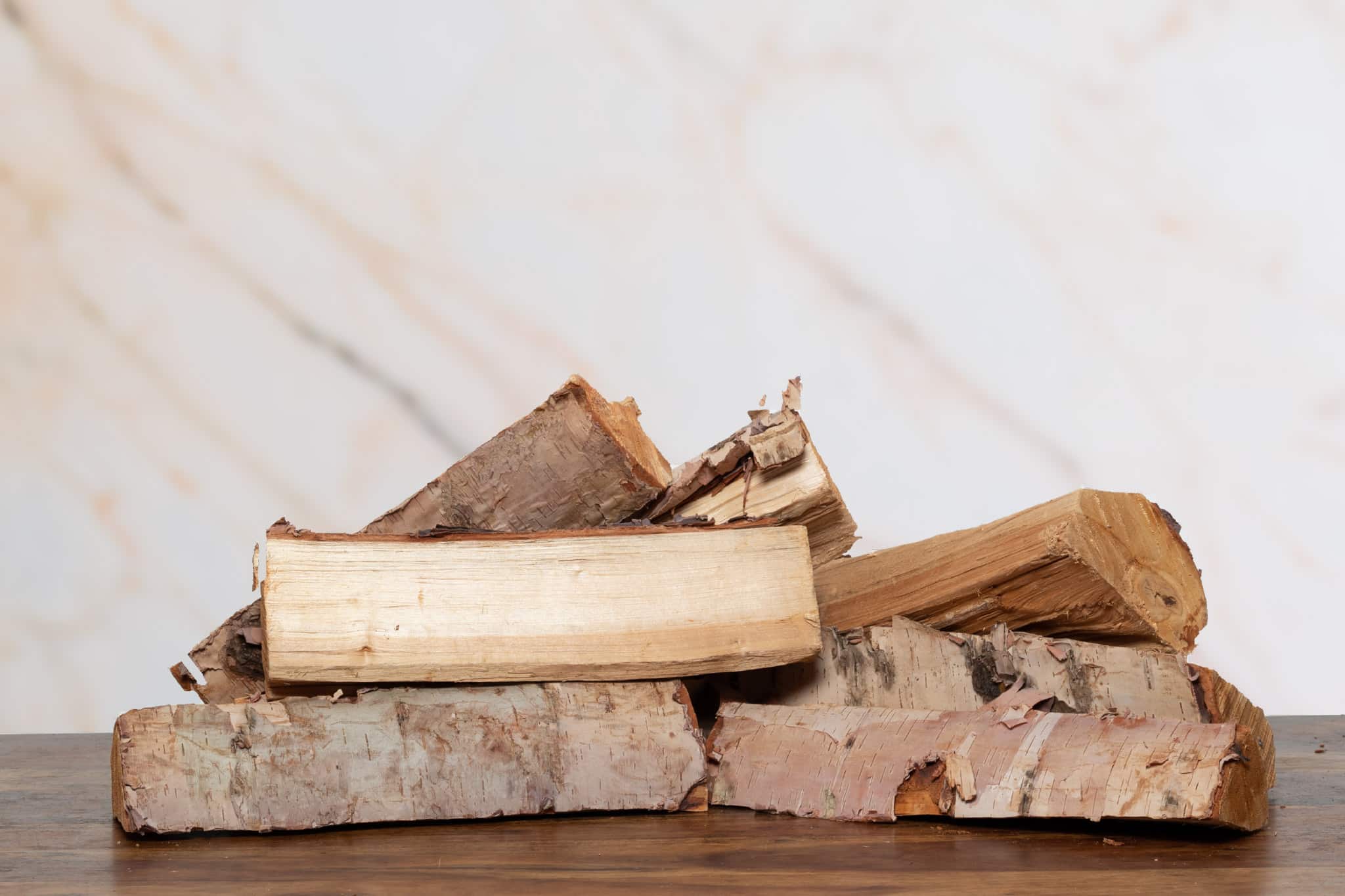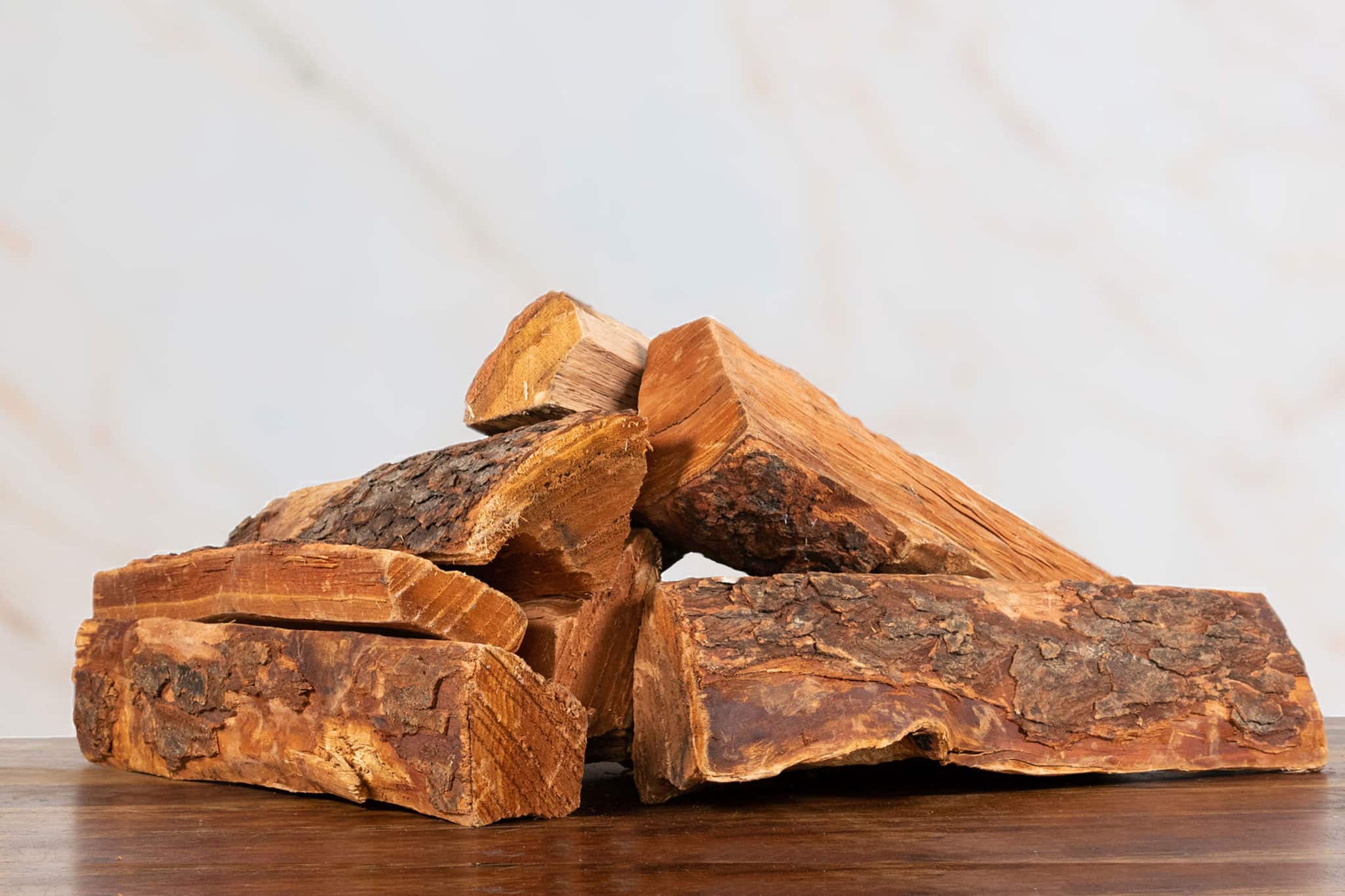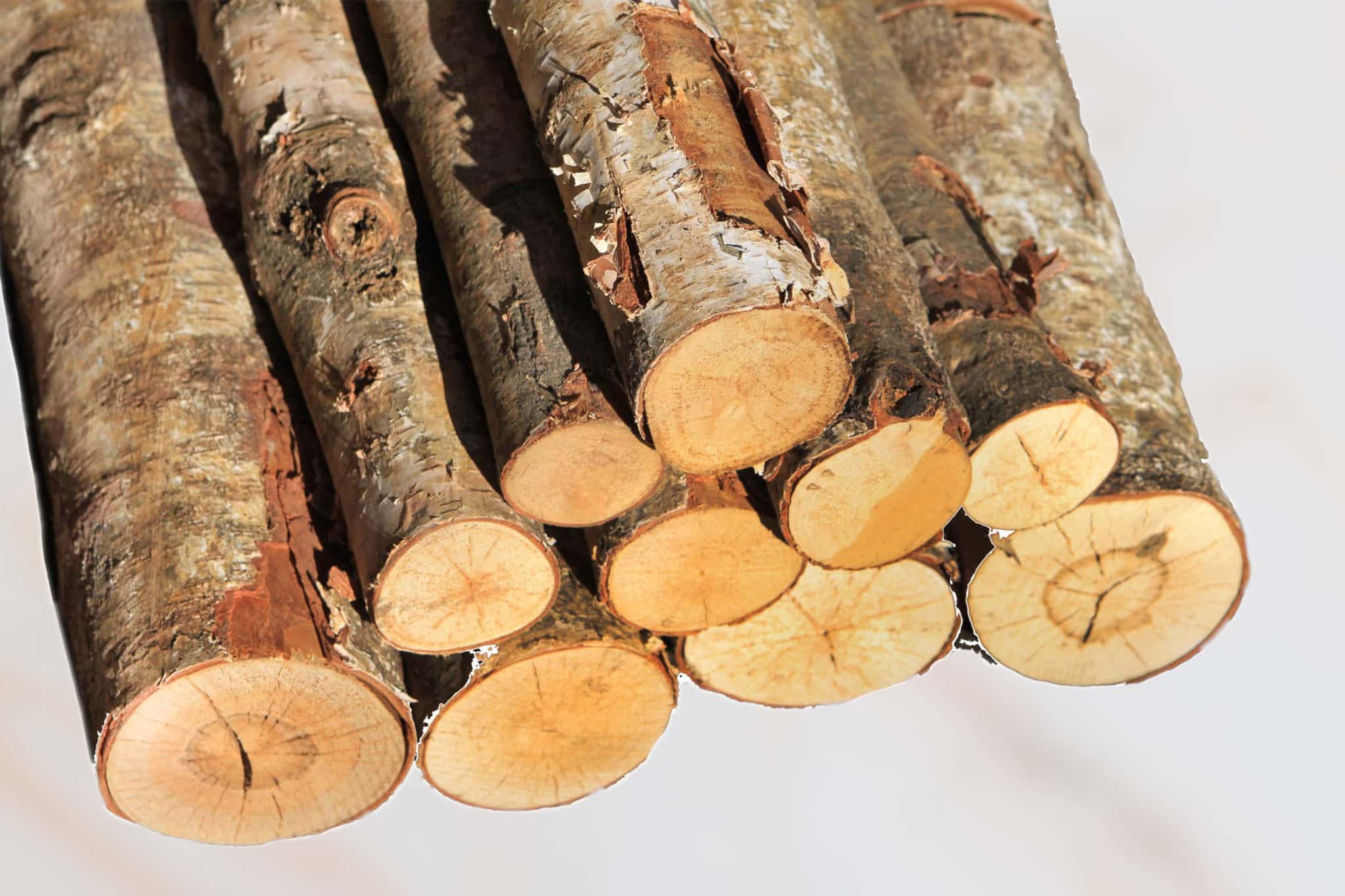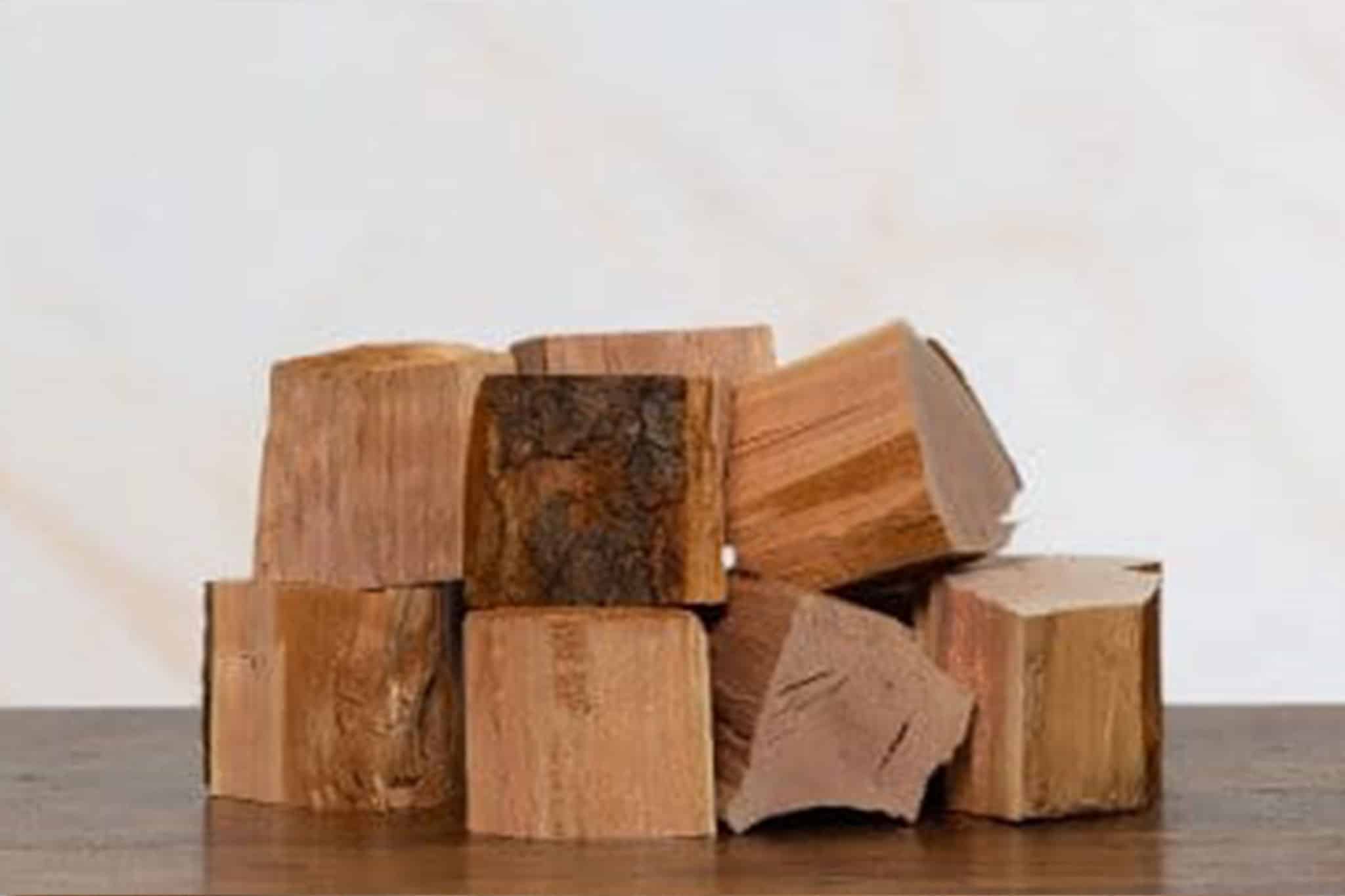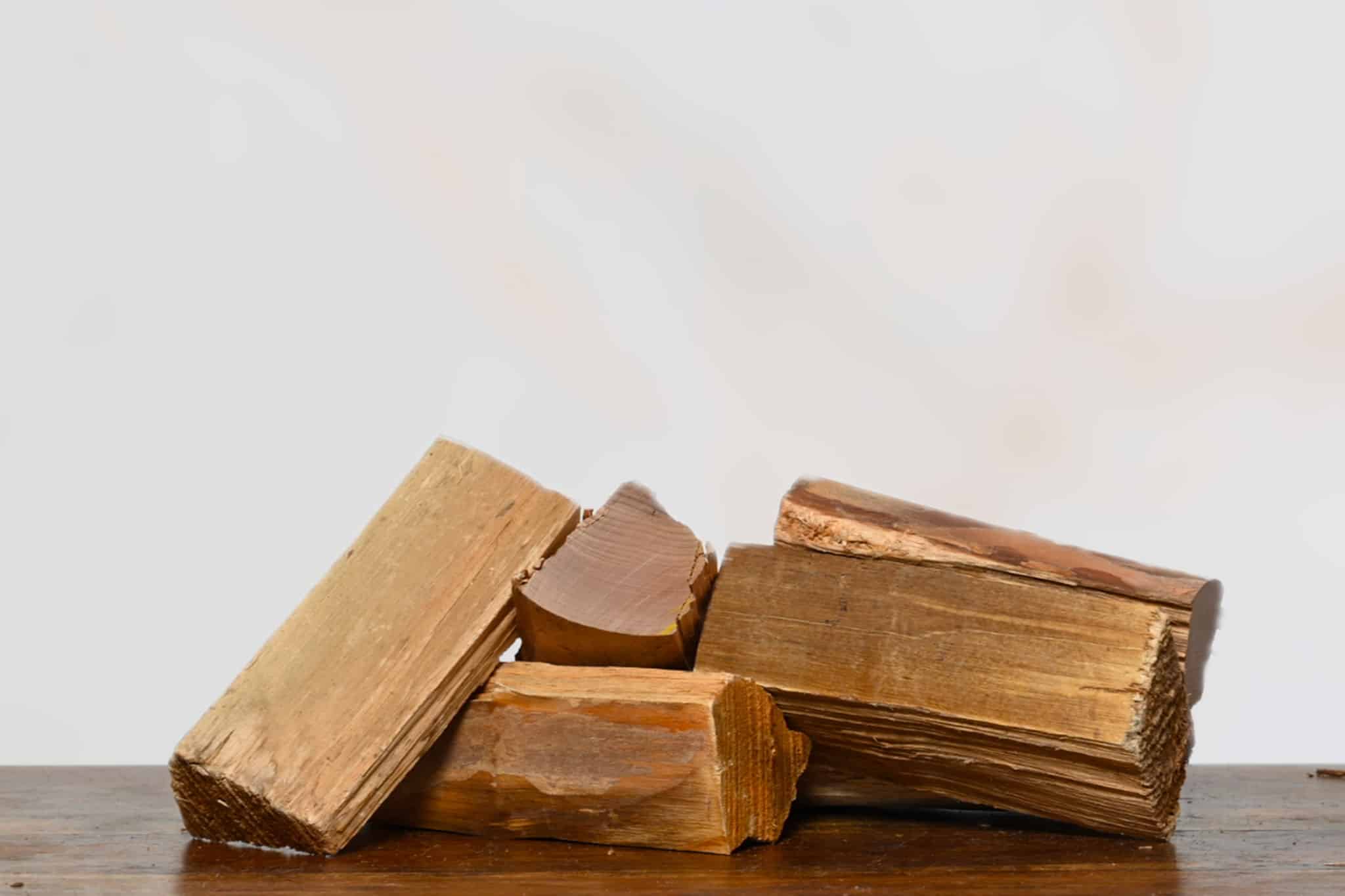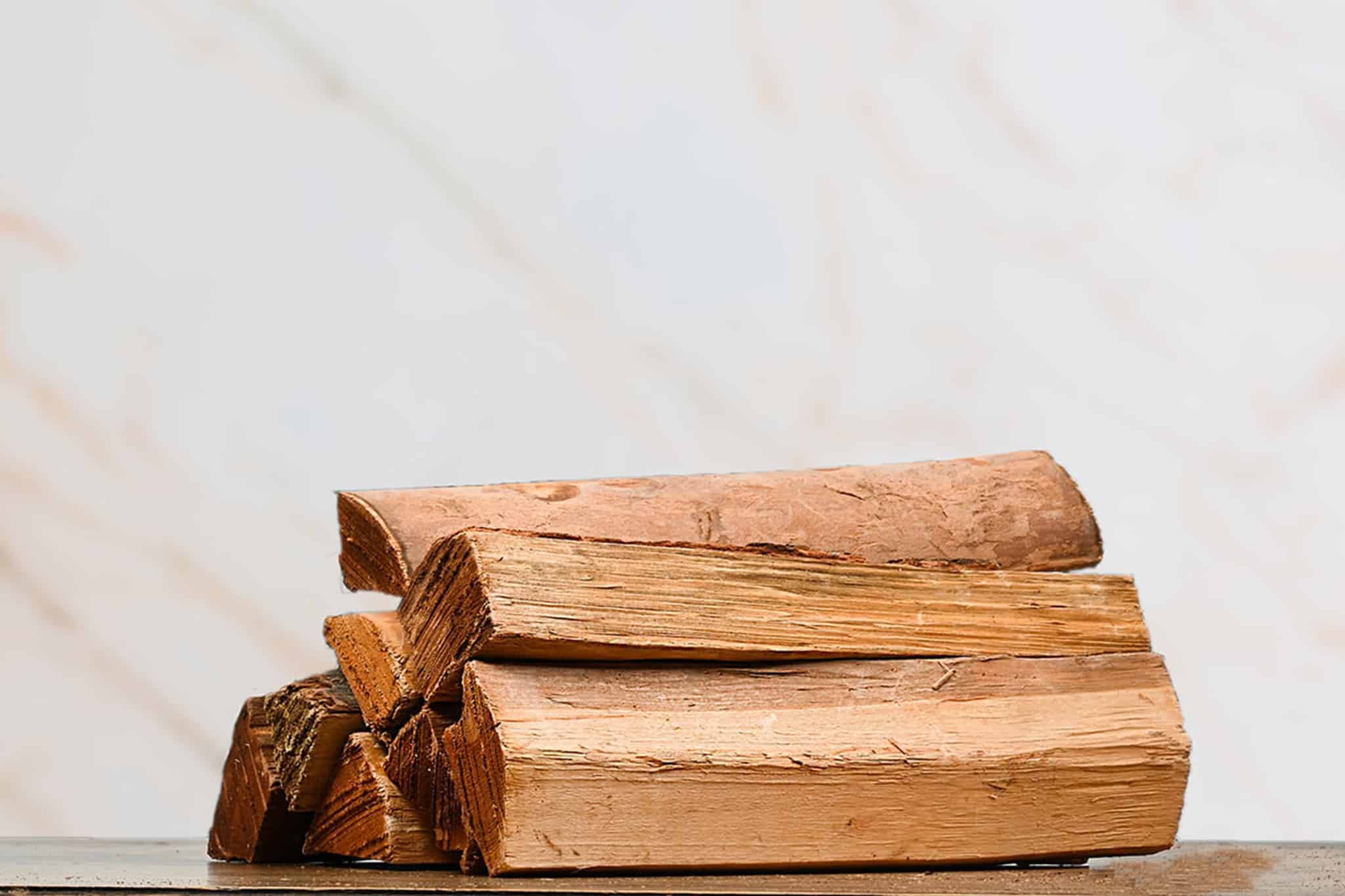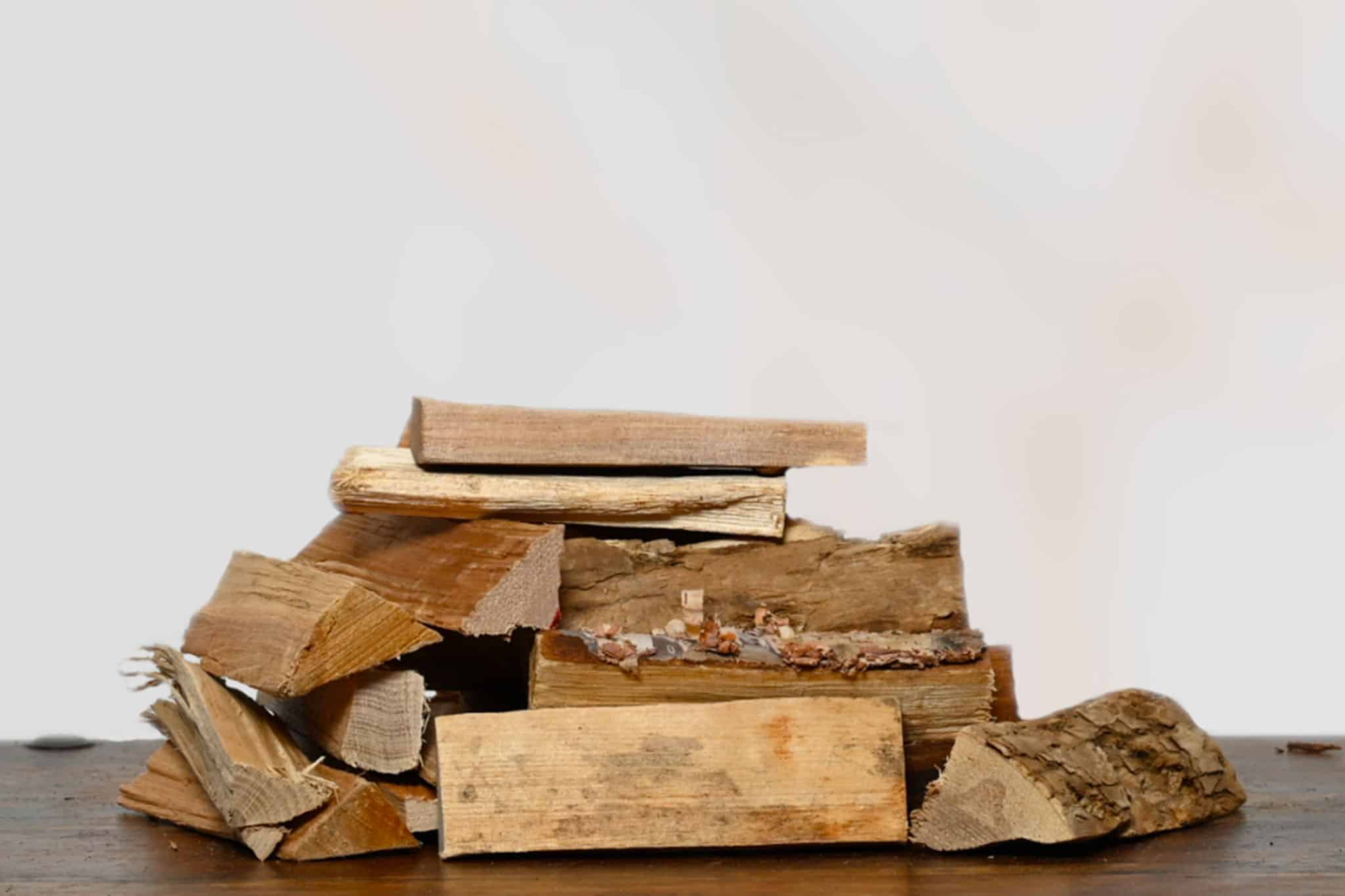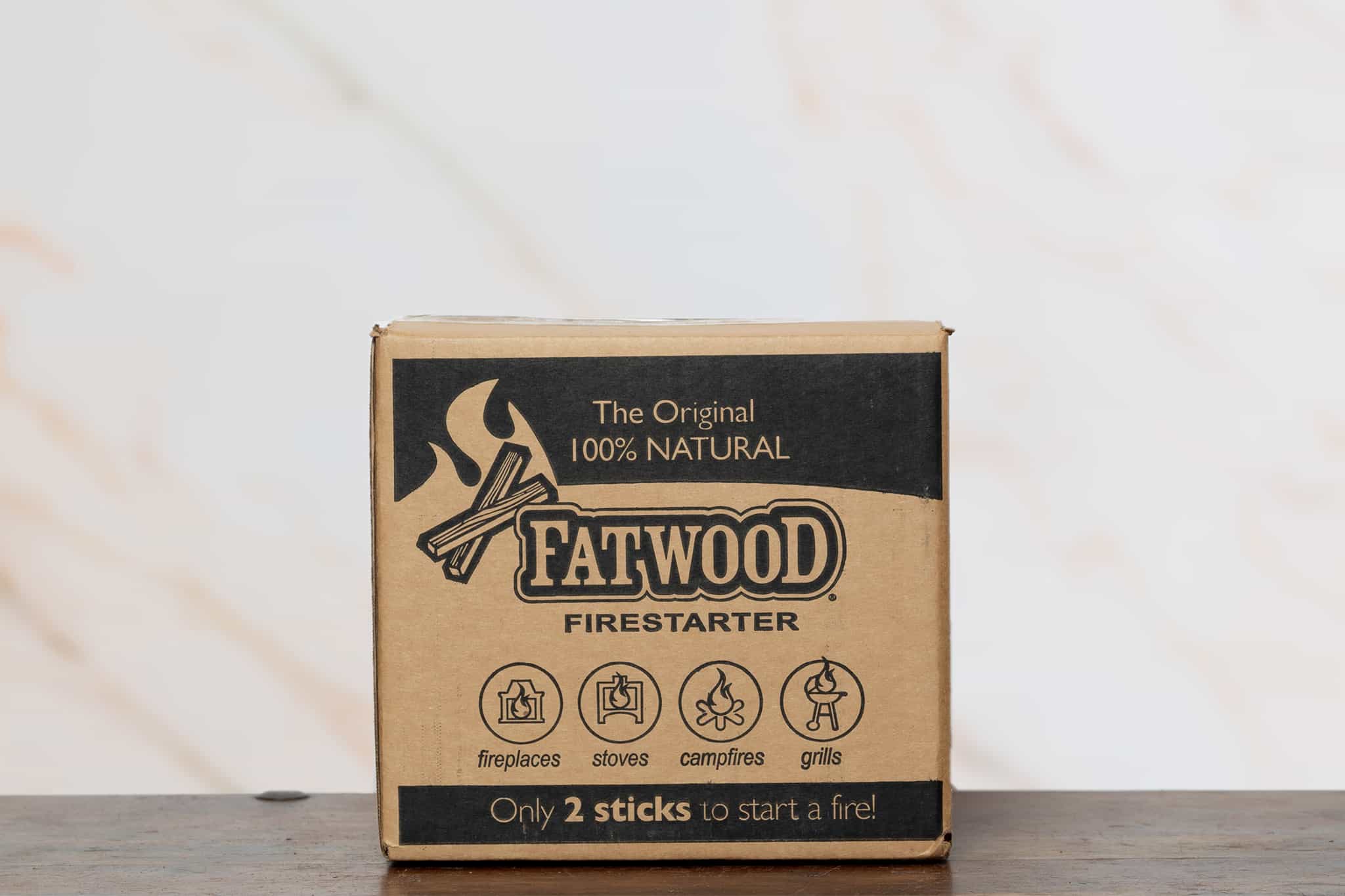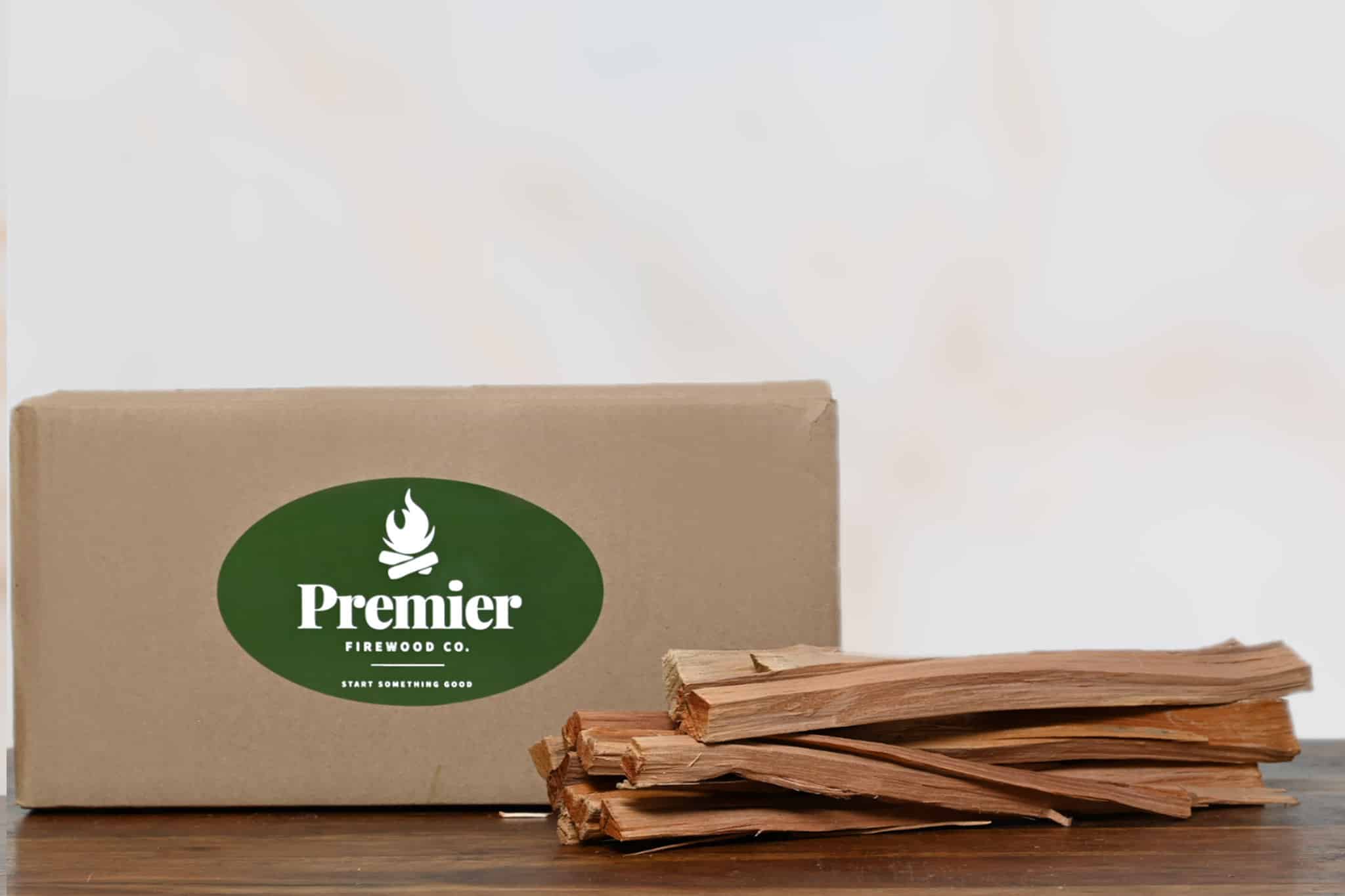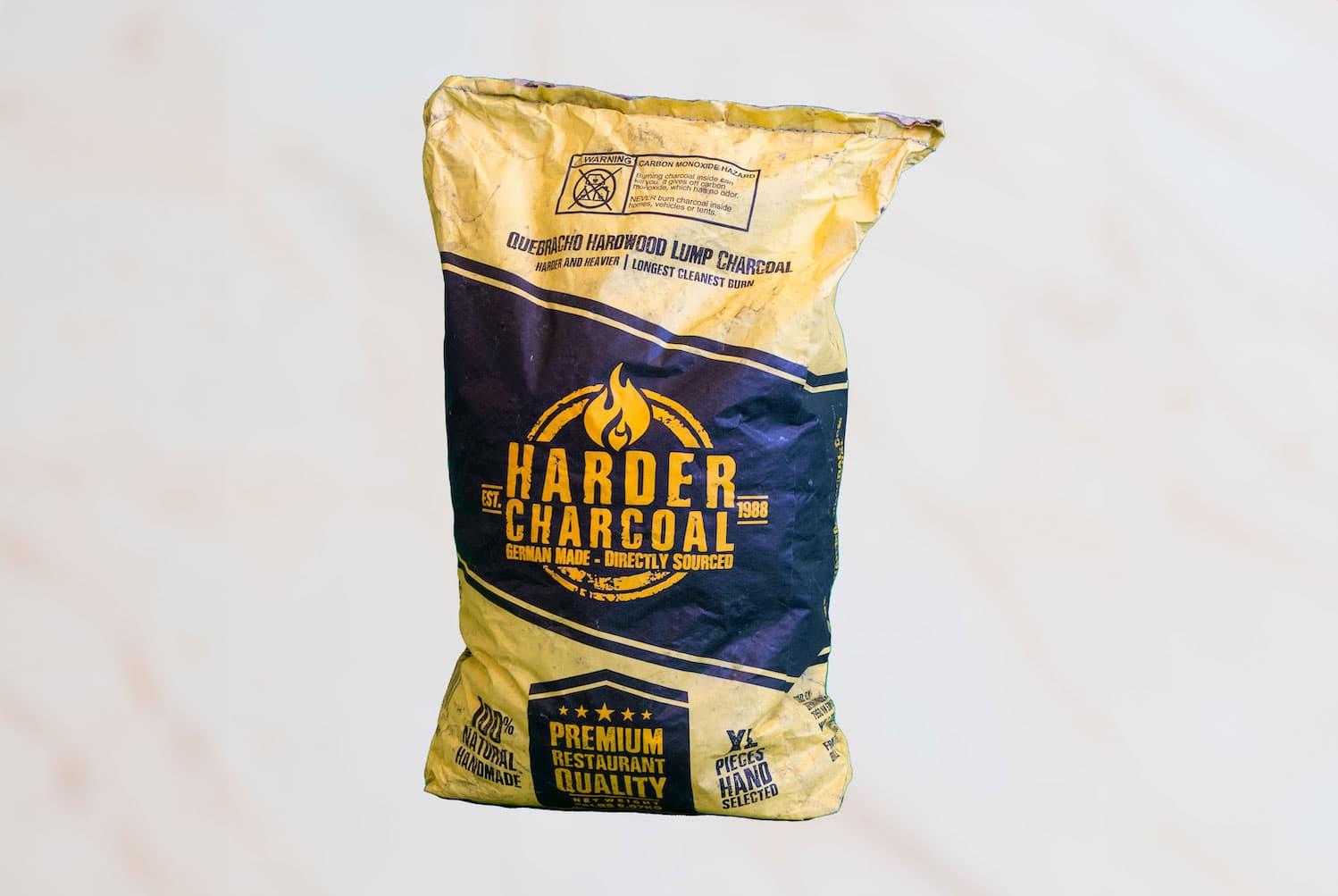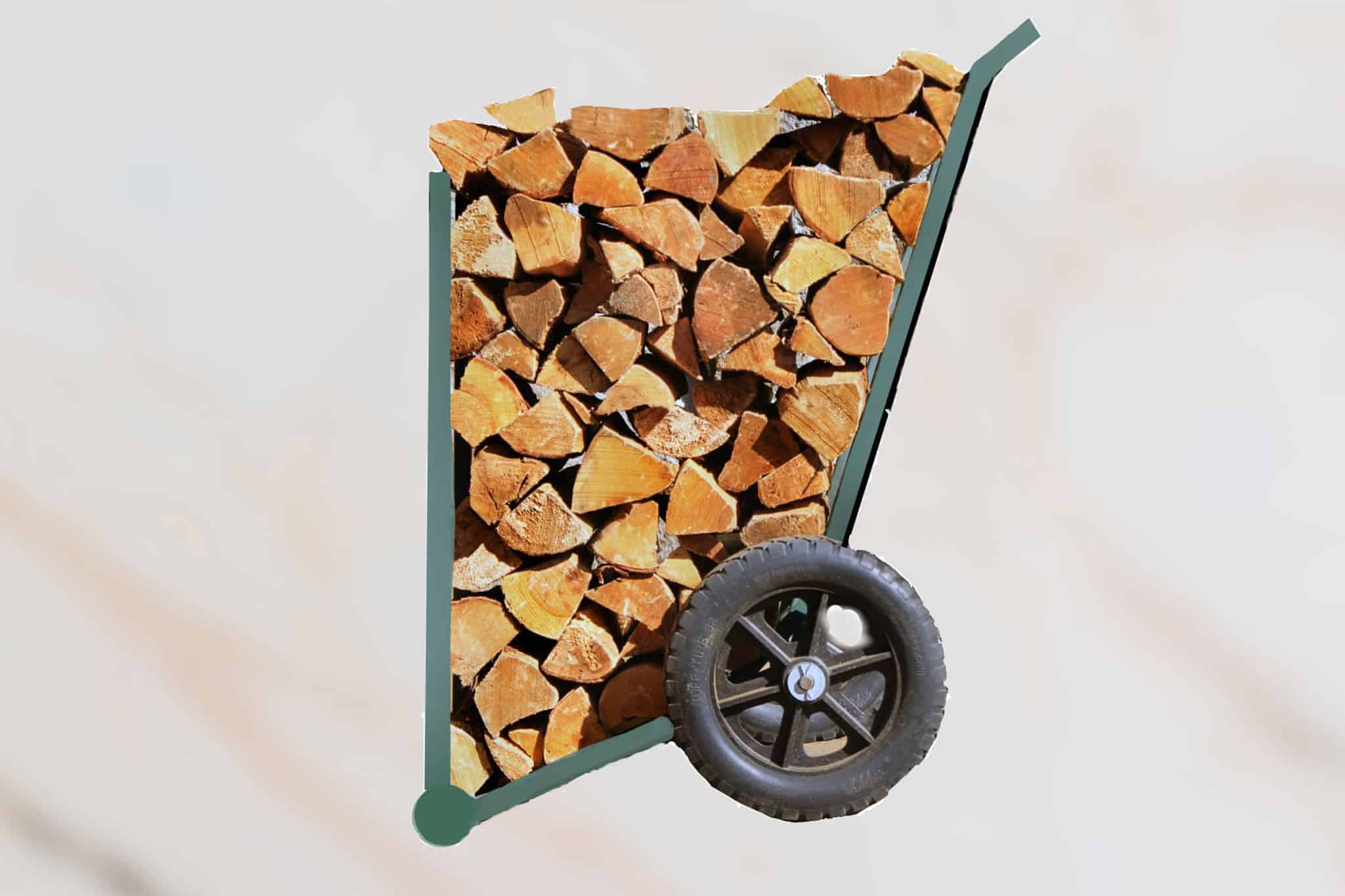Mastering the Art of Proper Wood Stacking Techniques
The methodical stacking of firewood is both a science and an art, crucial for maintaining the quality and efficiency of your wood throughout the burning season. Proper Wood Stacking Techniques ensure that your firewood is dried correctly, stays in good condition, and is ready to burn when you need it. This detailed guide will cover everything from selecting the right location to the best methods for stacking and maintaining your woodpile.
The Importance of Proper Wood Stacking
Effective wood stacking enhances air circulation around the logs, which is vital for the seasoning process, reducing the moisture content of the wood. Well-stacked wood is also less susceptible to mold and pests, prolonging its usability and ensuring it burns efficiently and cleanly.
Choosing the Right Location
The first step in stacking wood is selecting an appropriate location. Your woodpile should be placed in a sunny, breezy area to facilitate drying. It should be away from direct contact with soil or grass to prevent moisture absorption and rotting. Ideally, it should also be conveniently located near your home for easy access during colder months but not so close that insects or mold pose a risk to your home.
Foundation Matters
Start with a solid foundation. Raise your woodpile off the ground using pallets, concrete blocks, or specially designed firewood racks. This elevation prevents moisture from the ground from seeping into the wood and promotes better air circulation.
Stacking Techniques
1. The Traditional Row Stack
Arrange the logs in parallel rows, keeping the ends as even as possible. Use supports at each end of the stack, like additional logs, wooden stakes, or a wall, to maintain stability. The key here is to keep the rows tight enough to hold together but loose enough to allow air to pass through.
2. The Holz Hausen Method
For a more efficient drying and longer-term storage solution, consider the Holz Hausen method, a circular stacking technique. Start by creating a circular base with your logs, then build up in a dome-like fashion, leaving a ventilation shaft in the center. This technique is renowned for its ability to shed water effectively and promote drying from the inside out.
3. Cross-Stacking
In areas with frequent wet weather, cross-stacking can improve drying time. Lay the logs in alternating layers, perpendicular to each other, to maximize exposure to air and facilitate quicker drying.
Tips for Maintaining Your Woodpile
- Covering: Protect your woodpile from rain and snow by covering the top with a tarp or specially designed cover. Ensure the sides remain open to continue to allow air to circulate.
- Regular Inspection: Check your woodpile regularly for signs of mold, pests, or excessive moisture. Rearrange or restack as necessary to ensure good ventilation and condition.
- Rotation: Use the oldest logs first, which are typically at the bottom or the back of the pile, to keep the woodpile fresh and usable.
Safety Considerations
Always prioritize safety when stacking wood. Ensure your stack is stable and will not collapse, and keep it away from pathways where falling logs might pose a hazard. Additionally, consider the potential fire risk and keep the woodpile away from buildings and other flammable materials.
The Aesthetic Aspect
A neatly stacked woodpile can also be an aesthetic addition to your garden or backyard. Creative stacking techniques not only serve practical purposes but can add a rustic charm to your outdoor decor.
Stacking for Success
Proper Wood Stacking Techniques are crucial for anyone who uses a wood-burning stove, fireplace, or fire pit. By following these guidelines, you can ensure your firewood is dry, efficient, and ready to use, enhancing your heating experience and making the most of your wood supply. Remember, taking the time to stack properly is an investment in the quality and performance of your wood burning throughout the season. Access our website to learn more.
